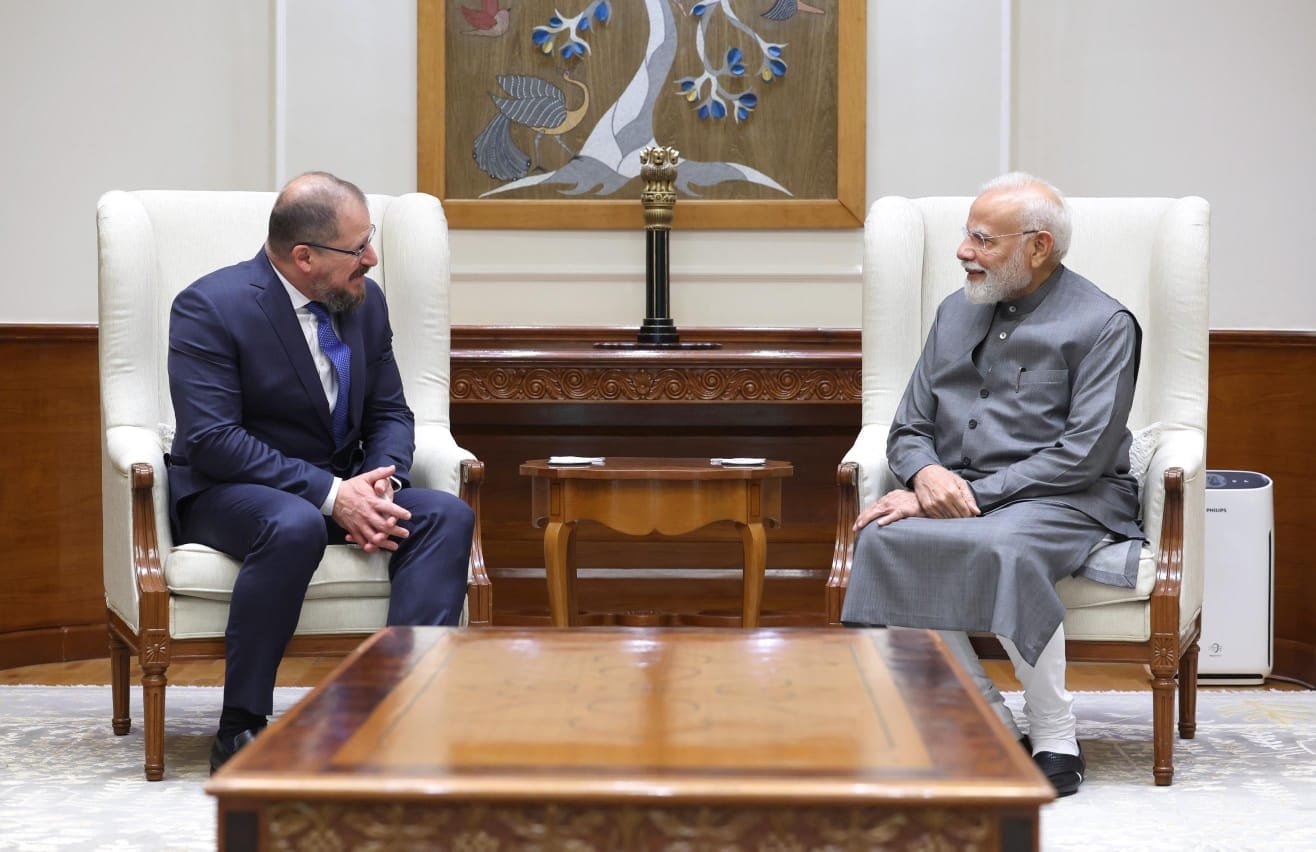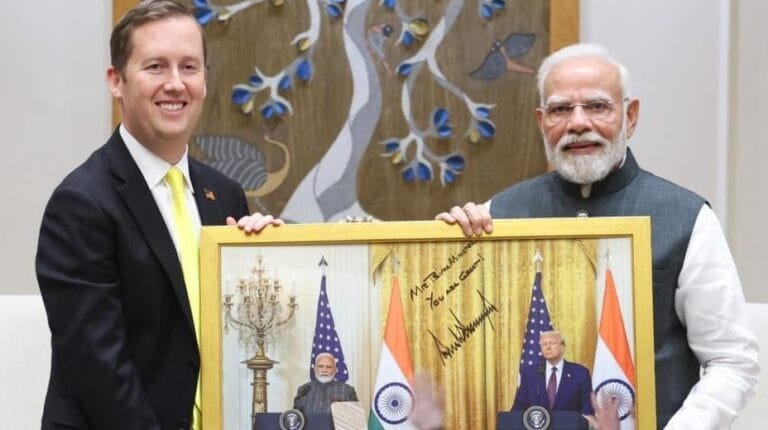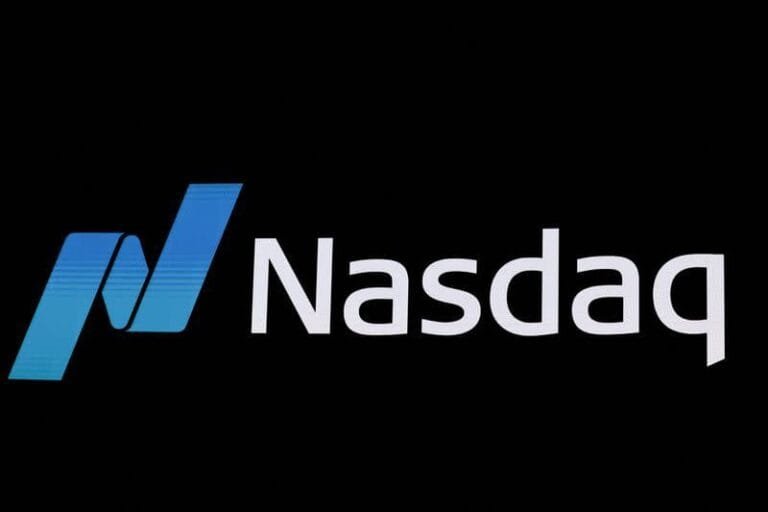
Prime Minister Narendra Modi and Qualcomm CEO Cristiano Amon discuss AI, 5G, and semiconductor partnerships.
Prime Minister Modi Qualcomm AI meeting and CEO met to discuss AI, 5G, and innovation.
Indian Prime Minister Narendra Modi and Cristiano Amon, President and CEO of Qualcomm, one of the world’s largest semiconductor companies, recently held a significant meeting. This meeting is crucial for India’s technological future and its growing role on the global stage. Future topics such as Artificial Intelligence (AI), 5G, and semiconductor manufacturing in India were discussed in detail. This meeting was not just a formal meeting between two leaders, but a major step towards realizing India’s vision of a “Techade” (Technology Decade). Let’s understand every aspect of this meeting in detail, including what AI actually is and how it is transforming our lives.
Key Points of the Modi Qualcomm AI meeting
The discussions between Prime Minister Modi and Cristiano Amon focused on several important technological areas. The government wants to make India self-reliant and a global leader in these areas. The meeting focused heavily on AI. Prime Minister Modi emphasized that India is moving forward with the vision of AI for All. He believes that AI can be used to transform sectors such as agriculture, health, education, and governance. Qualcomm’s CEO praised India’s AI strategy and expressed a desire to work together in this area. Both agreed that AI development should be human-centered so that its benefits reach every segment of society.
Partnership in 5G and 6G Technology
India is one of the fastest implementing 5G in the world. Qualcomm is a global leader in manufacturing mobile processors (Snapdragon chips), which are crucial for 5G technology. The meeting discussed further strengthening India’s 5G network and conducting joint research on future 6G technologies. India wants to become not just a consumer of technology but also a manufacturer. A partnership with a company like Qualcomm can help achieve this goal.
Semiconductor (Chip) Manufacturing in India
Semiconductors, or chips, are the core of every electronic device, such as smartphones, laptops, cars, and TVs. Until now, India has been dependent on other countries for chips. Prime Minister Modi’s Make in India initiative aims to end this dependence. The government has launched the ‘India Semiconductor Mission,’ under which it is providing substantial subsidies and support to chip-making companies in India. Cristiano Amon expressed keen interest in this mission. Qualcomm’s investment in India could prove to be a milestone in making the country a global semiconductor hub.
Innovation and Startup Ecosystem on Modi Qualcomm AI meeting
The Prime Minister also mentioned India’s vibrant startup ecosystem. He explained how Indian youth are innovating in the field of technology. The Qualcomm CEO praised this energy and said his company is eager to work with Indian startups.
What is Artificial Intelligence (AI)? Explain it in Simple Terms
Often, when we hear the word AI, we think of robots or scenes from Hollywood movies. But AI is much simpler and more connected to our lives. The simplest definition of AI is to develop human-like thinking, learning, and decision-making abilities in machines. Just as a child learns from experience, an AI system learns from data (information). Let’s illustrate this with an example of the human brain: If you show a child thousands of pictures of cats, after a while, they will instantly recognize any new cat. Their brain has learned a pattern for “cat.” The AI brain works in the same way we show a computer program (AI model) millions of pictures of cats. The computer learns patterns in these images, such as pointed ears, whiskers, and distinctive eye shapes. When shown a new image, it can tell with 99% accuracy whether it’s a cat or not. This learning process is called machine learning, which is a part of AI.
How does it work for the human mind?
AI isn’t meant to mimic or replace the human mind, but rather, it’s a powerful tool to enhance its capabilities. Our brains are very creative, but they have limitations in processing large amounts of data quickly. This is where AI helps us.
Examples of AI in everyday life: YouTube/Netflix AI suggests new videos or movies based on the content you’ve watched when you watch a video. Google Maps AI provides real-time traffic data and suggests the fastest route. Siri/Alexa, these voice assistants, use AI to understand your voice and answer your questions. Online Shopping: When you buy something on Amazon, AI tells you that customers who bought this product also bought this. The goal of AI is not to replace humans, but to help them perform tasks that are boring, repetitive, or overly complex. This allows humans to focus their time and energy on creative and strategic tasks.




